The sitter in this exquisite portrait is Lady Denham, a famous court beauty during the latter half of the seventeenth century and thus a frequently painted women of her generation. Born, Margaret (“Elizabeth" in some sources) Brooke, around 1642, the daughter of Sir William Brooke (c.1598-1643), an English soldier and politician. She and her sister Frances, afterwards Lady Whitmore, were said to be “faites pour donner de l'amour, et pour en prenire". Their profligate uncle Digby, Earl of Bristol, introduced them at Court in the hope that one or both of them would "captivate the heart of the versatile Charles". However, Lady Castlemaine, a well-known mistress of the King, prevented the accomplishment of the Earl's hopes. Miss Margaret next attracted the attention of the Duke of York (future King James II), but in the midst of these affairs she was, by the intervention of her friends, married to the poet and courtier Sir John Denham (1614/15-1669) in 1665. She was then about 18 years of age, while he was a widower and about 30 years older than her. It is true that he had lived a profligate life, and had wasted the great part of his family estates at Egham by gaming, while the rest were confiscated during the Civil War. He was ridiculed for this ‘disproportioned’ union and the embarrassment only increased as his young wife became the mistress of the Duke. Margaret openly declared that she would not, unlike her predecessor Goditha Price (daughter of Sir Herbert Price, the Master of the Household), "go up and down the privy stairs, but would be owned publicly." The Duke agreed and accordingly visited her publicly and in state, although Lady Denham became almost frantic with jealousy, and overcome with “a short fit of madness." However, another source claimed that this illness was caused by an accidental blow on the head. The scandal became notorious when Lady Denham suddenly became gravely ill and died on 7th January 1667, in her twenty-first year. This gave rise to a widespread suspicion that her husband had murdered her by giving her a poisoned cup of chocolate. A post-mortem examination, however, showed no trace of this, and she had been seriously ill the previous year. In the end the fury of the populace was appeased by a sumptuous funeral at St Margaret's, Westminster. Sir John, a poet who became Surveyor of Buildings to the King, survived his wife two years.
Sir John, later in life, suffered with dementia. He had long been rumoured to be insane, a condition generally attributed to his scandalous marriage, and later the hostility of the London public, which still regarded him as a murderer, and he became a virtual recluse. With Denham's increasing mental incapacity, Charles II requested in March 1669 that Christopher Wren be appointed Denham's "sole deputy"; Wren succeeded him as King's Surveyor upon his death two weeks later. Denham was buried in Poets' Corner of Westminster Abbey. The public suspicion about his role in his wife's death continued to the end of his life.
Lady Denham’s portrait was painted by Peter Lely circa 1663-65 and is part of the ‘Windsor Beauties’ series (along with a portrait of her sister Frances), a set of eleven portraits of celebrated women at the Restoration court. The series was apparently commissioned or at least assembled by Anne Hyde, Duchess of York. In 1674, after the death of Anne Hyde, the pictures were hanging as a group in the White Room at Whitehall but were later moved to Windsor, presumably by James II.
After the careful removal of layers of dirt and discoloured varnish, the original colours, detail, and artist’s virtuoso brushstrokes are visible again. The portrait can now be fully appreciated, and dated, to the 1660’s; it is thus a contemporary work to Lely’s portrait of the sitter in Windsor Castle.
The ‘head on hand’ portrait became hugely popular in England in the 1660’s, largely due to Peter Lely’s artistic mastery and the rise of Barbara Villiers at court – Lely’s depiction of that sitter in circa 1662 was widely celebrated. The pose had its origins in the Renaissance depictions of beautiful women, particularly those of Titian and his followers, and also the iconography associated with the depiction of Melancholia and the Penitent Magdalene. Many artists used the formula to suggest contemplation and melancholy but also attributes such as piety and prudence. Of course, a sitter’s real-life attributes were often quite different - evident in Lely’s introduction of the image of Barbara Villiers as the embodiment of beauty and exemplary conduct.
This portrait is a very good example from the period. Portraits of prominent subjects of their day, especially Royal and court sitters, such as Lady Denham, were in high demand and artists rose to the occasion by replicating works and painting variants of them. This was the practise of well-known masters but also lesser artists, some of which were remarkably talented.
Measurements: Height 110cm, Width 118cm framed (Height 43.25”, Width 46.5” framed)
*This painting has been reduced in price for our customers who will be importing the work into their country outside of the UK (to offset some of the fees to do so).



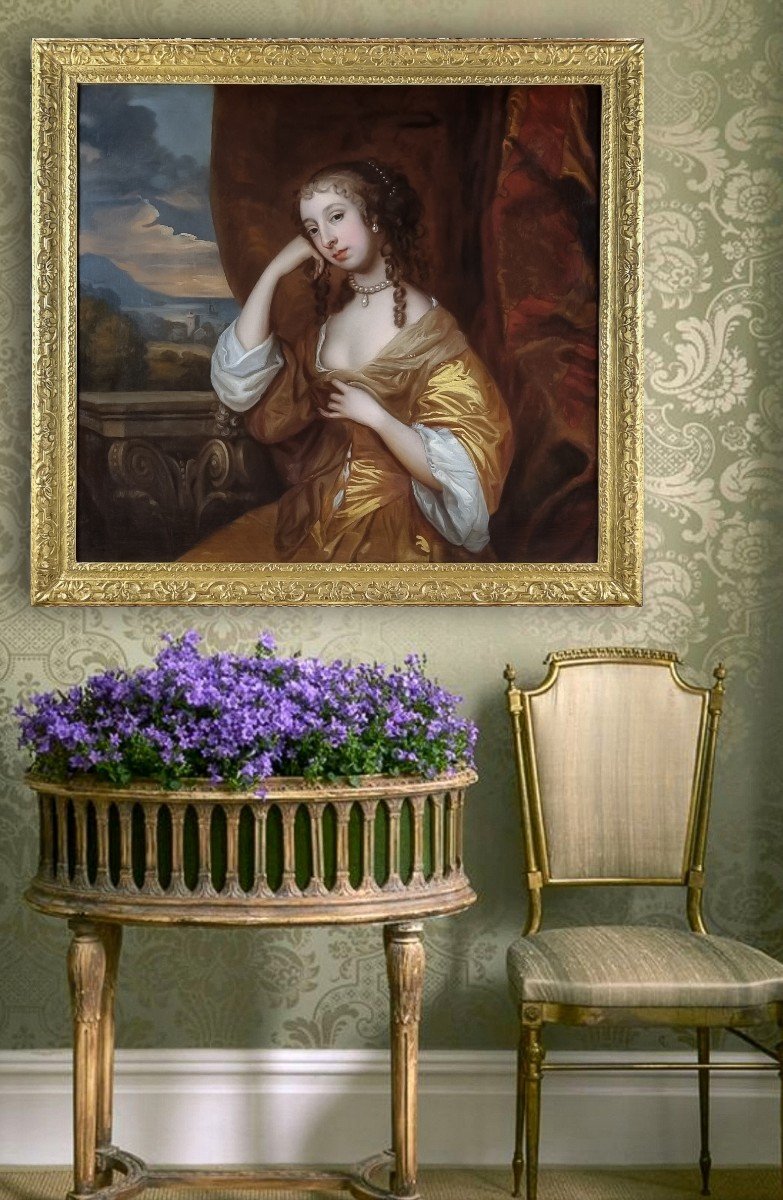
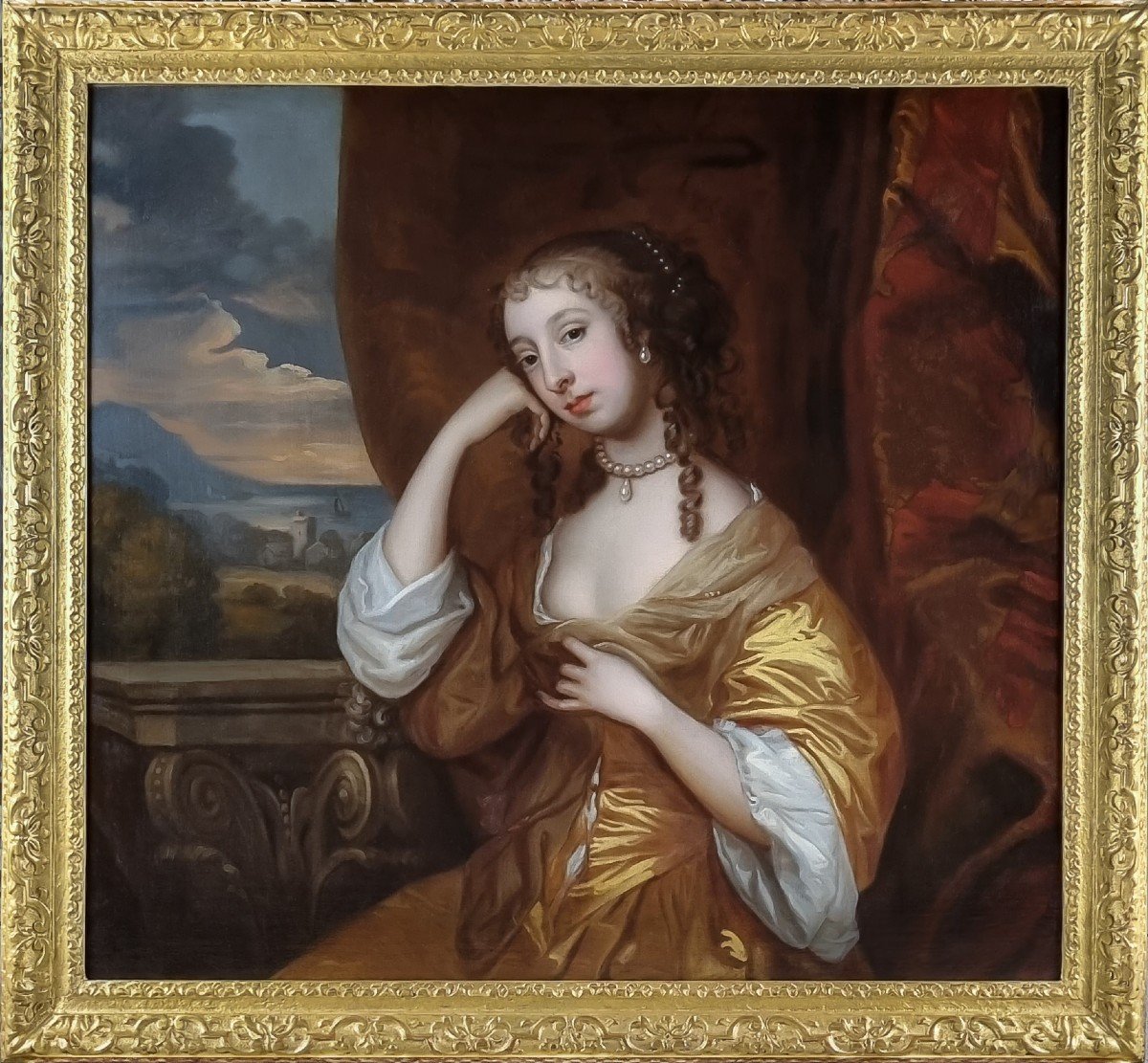
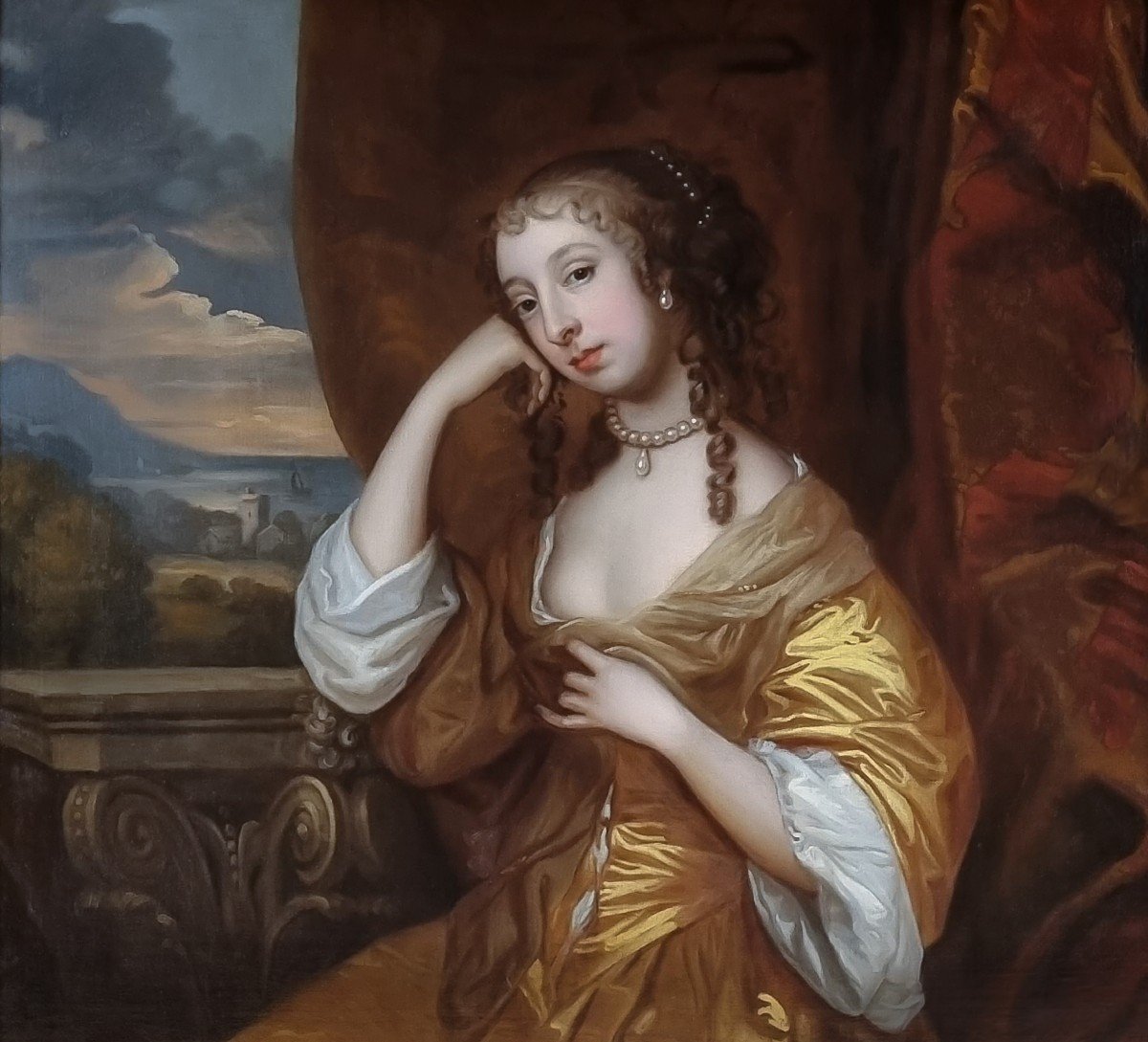


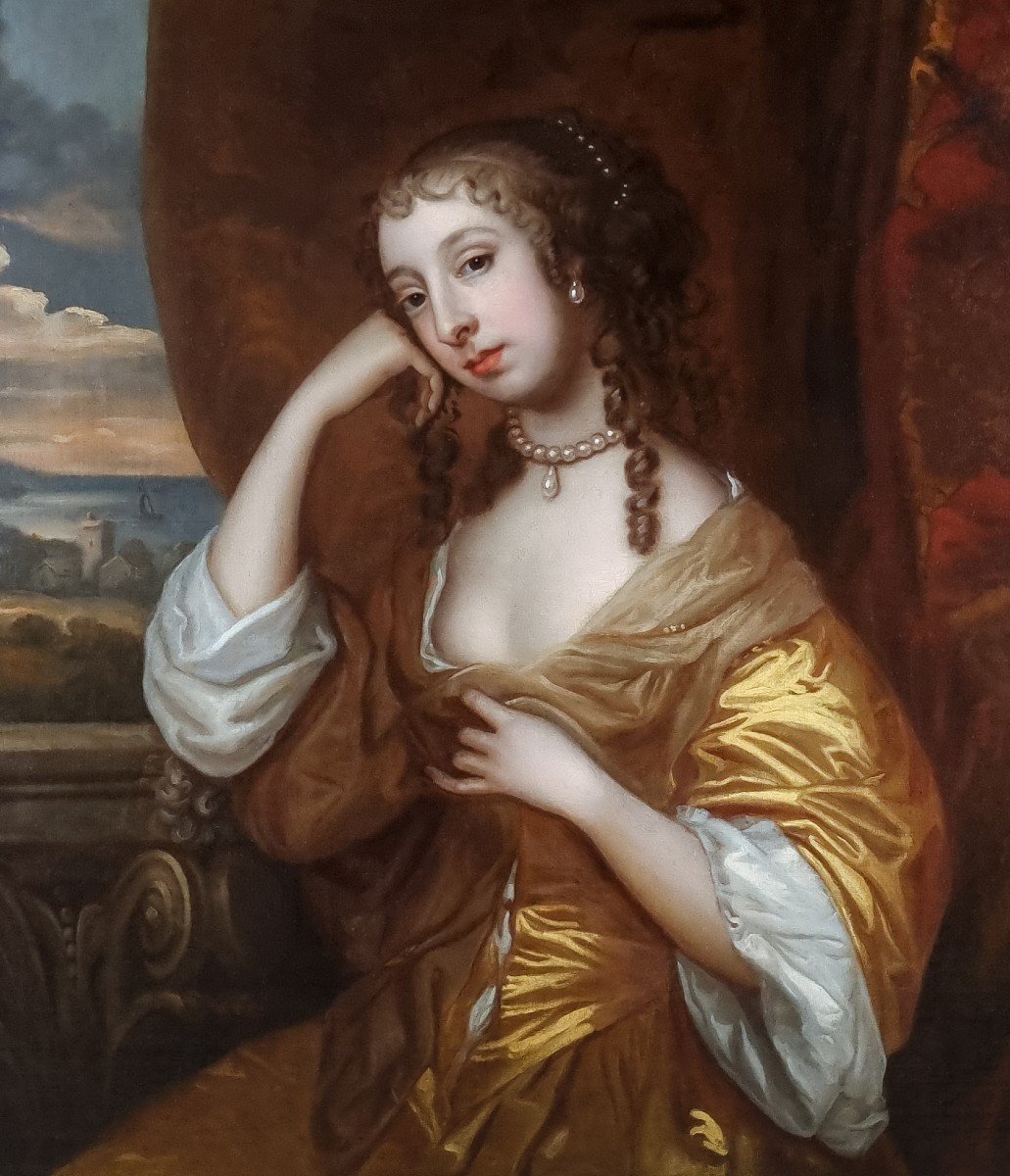
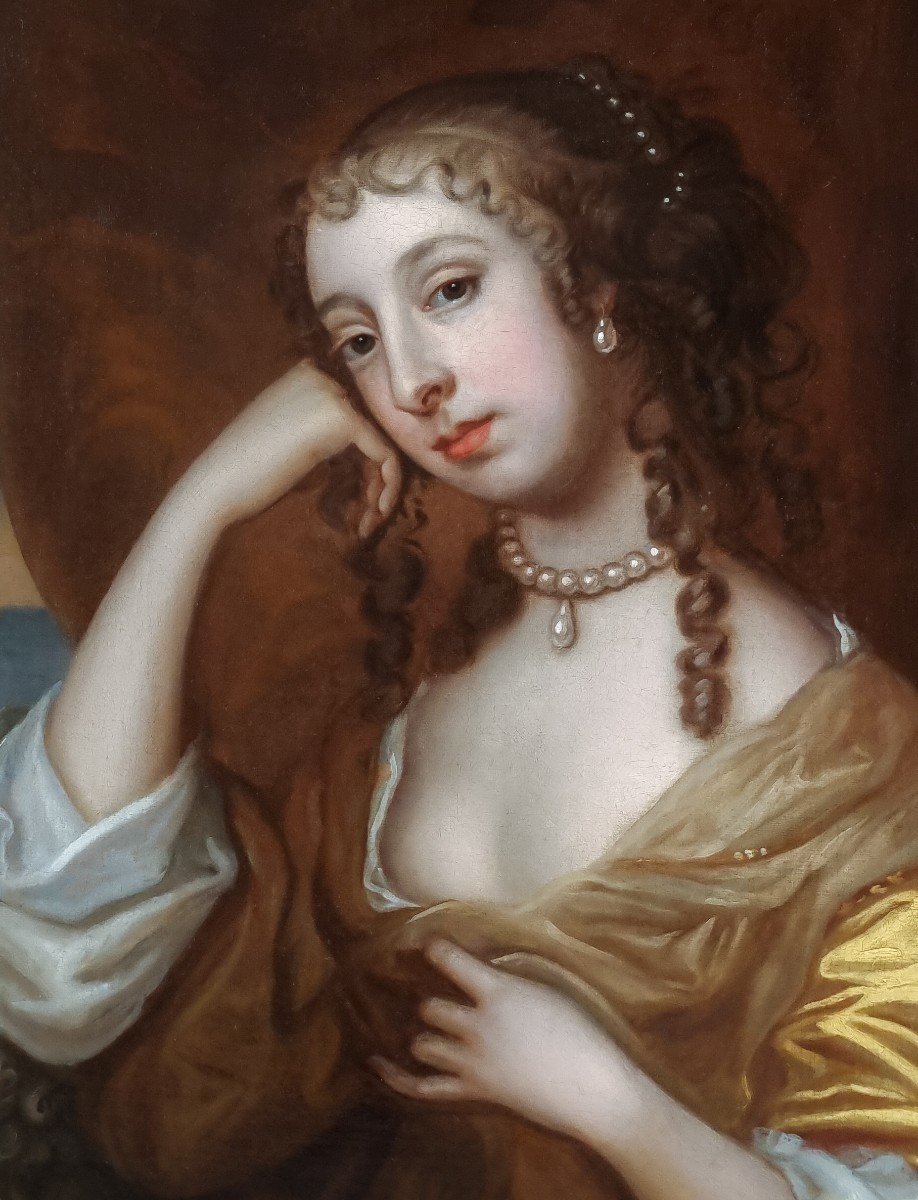
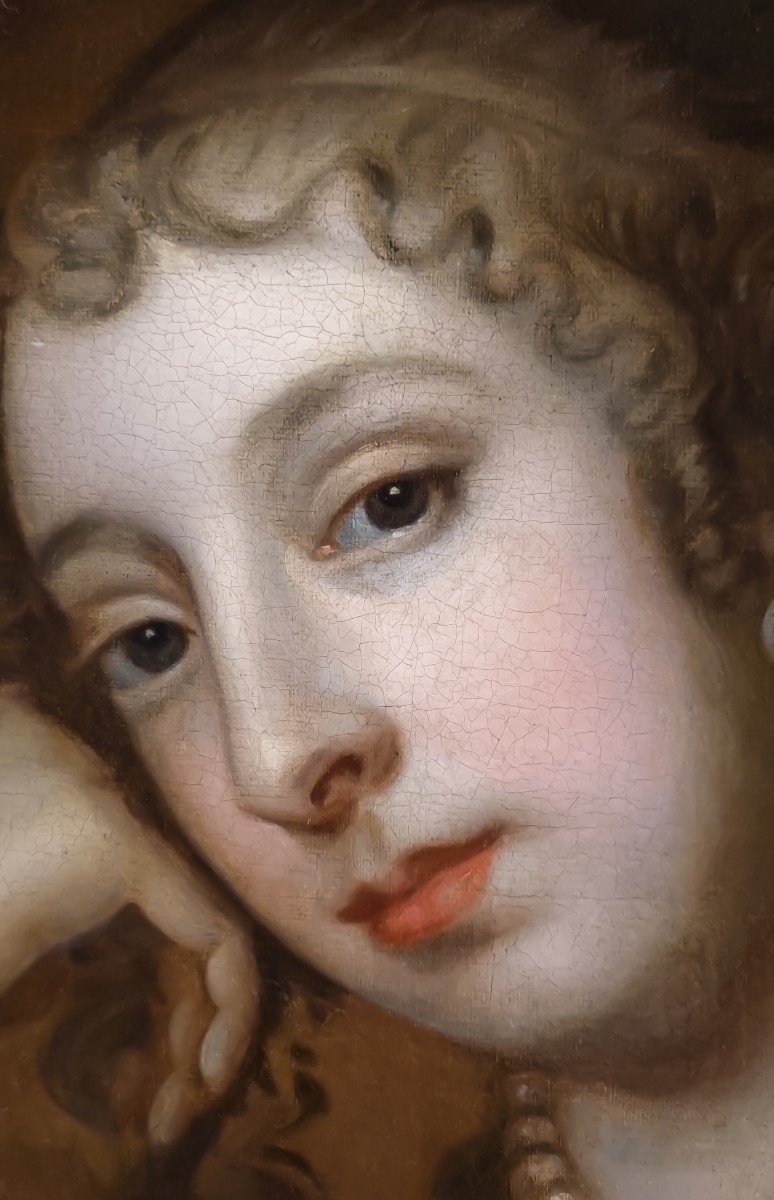


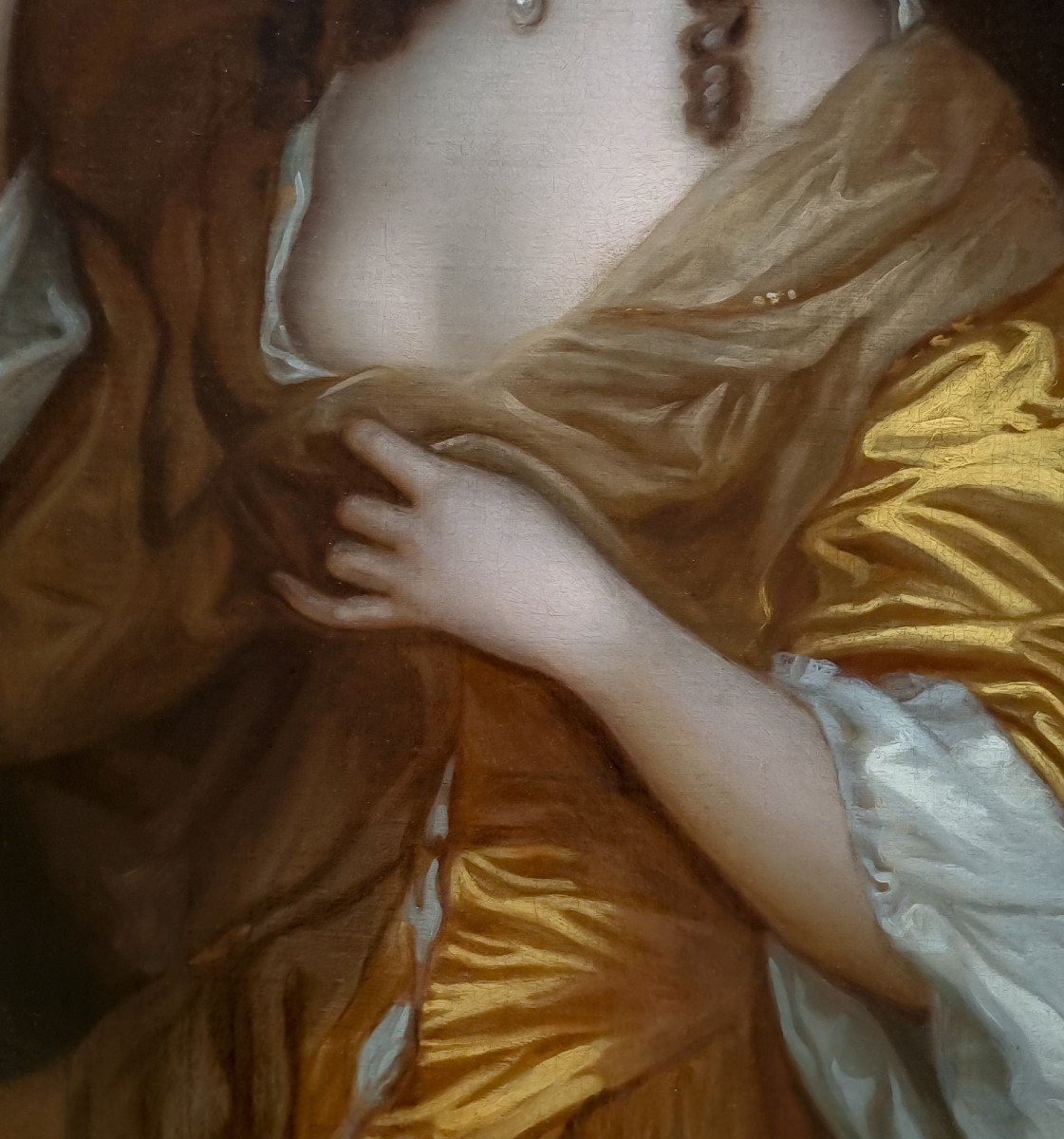
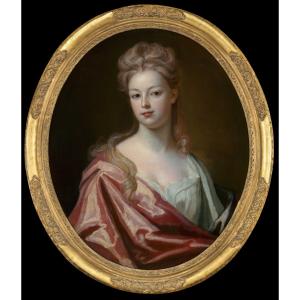



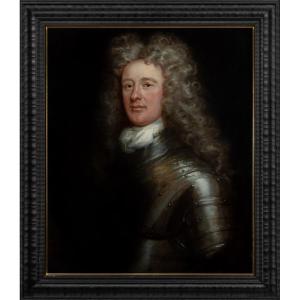

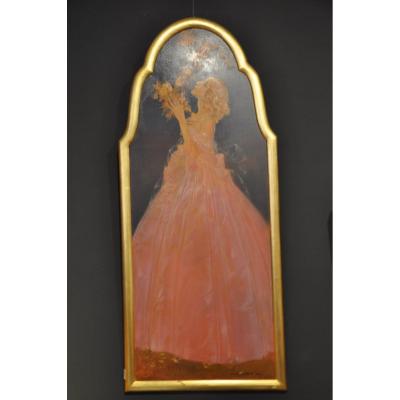
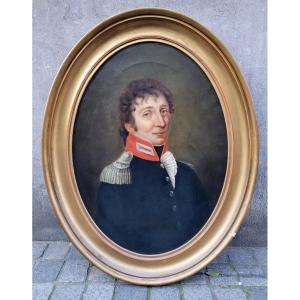


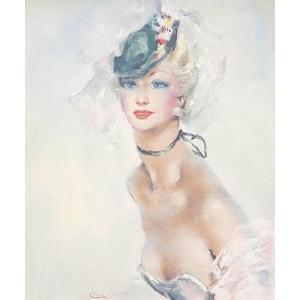




 Le Magazine de PROANTIC
Le Magazine de PROANTIC TRÉSORS Magazine
TRÉSORS Magazine Rivista Artiquariato
Rivista Artiquariato
